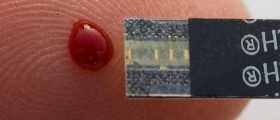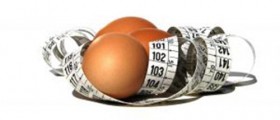
What should be known about diabetes diet menu?
First of all, it is important to know that diabetic diet is not a synonym for some strict and restrictive menu plan. Sure, there are some rules that should be obeyed, but the whole point of diabetic diet is to focus on healthier food and to balance the diet, which means to include all the necessary ingredients without exceeding the needed amounts. Besides this, there is a difference between the types of diabetes and so there is no one type of diet that everyone with diabetes should follow, but diets are created and planned individually, preferably with the help of nutritionists or dietitians. Since it is not rare that people who suffer from this condition need to lose some weight, very frequently the diet is adjusted to this goal. In cases of type 1 diabetes, people can control the condition by taking particular amount of insulin before a meal, and that way they can ‘cover’ the amount of carbohydrates that they will eat, which means that their daily intake of carbs is not the same every day but they can adjust it. In cases of type 2 diabetes, the goal of the diet is to reduce to the minimum the drastic changes in the blood sugar levels and to keep them within a range that is considered safe. When creating the diet for diabetics, it is also important to take into consideration presence of some other health issue, such as hypertension, for example, or some kidney or cardiovascular disease, because these conditions also require certain changes in the diet.
What should diabetes diet include?
Low glycemic grains such as brown rice, cereals, amaranth and quinoa are allowed, although it is important to pay attention to the amount. As for vegetables, as long as they do not affect the blood levels of glucose, they can be consumed, although it is important to bear in mind that a cup of raw or cooked vegetables should be enough per meal. When it comes to fruits, the dosage depends on whether the fruit is fresh (one small fruit is allowed then), diced (a cup should be enough), canned (more than half a cup is not recommended) or dried, which should not be eaten in greater quantities. As far as milk and dairy products are concerned, it is not healthy to drink milk in too large quantities. Low fat milk should not be consumed for more than half a cup, while a cup of yogurt should be enough.

















Your thoughts on this
Loading...